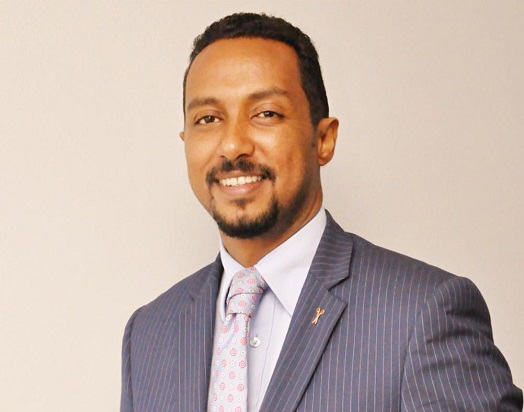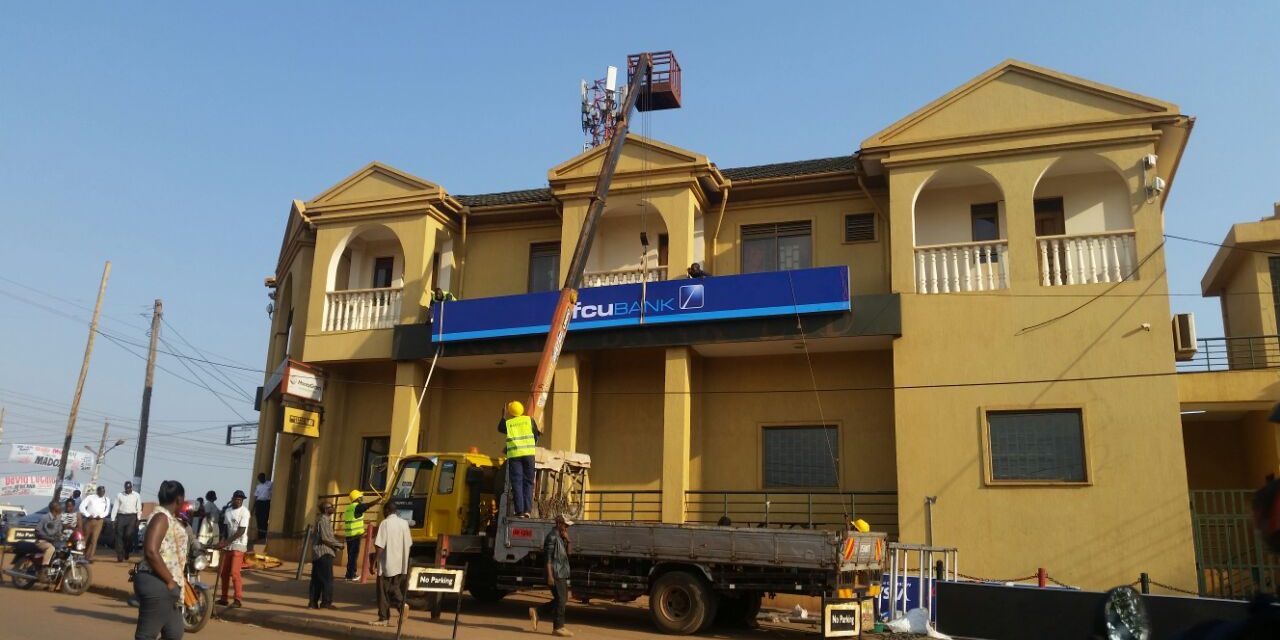By Kenneth Egesa
The Bank of Uganda’s recent state of the economy report offers a snapshot of Uganda’s economic health and near-term prospects. The country is having a low and stable inflation environment and a stable exchange rate on account of prudent monetary policy, coupled with robust GDP growth driven by increased household spending, public investment, and rising net exports. However, several near-term challenges exist.
The current account balance while improving is not fully financed by the financial account which has led to a draw down in foreign exchange reserves of Bank of Uganda.
Near-term Challenges
Key obstacles include rising interest rates, subdued private sector credit, a persistent fiscal deficit and an under-financed current account deficit that is not fully financed by the financial account. The slowing growth of private sector credit from the banking sector is also a cause for concern, as this could be linked to a potential crowding out of the private sector by increased government borrowing.
Moreover, the country’s vulnerability to external shocks, such as fluctuations in commodity prices and capital flows, remains a significant risk.
Moreover, Government debt servicing amounts have increased significantly in the recent past.
Positive Outlook and Policy Measures
Despite these challenges, the report offers some hope. The Bank of Uganda’s proactive monetary policy stance has supported the slowdown of inflation and stabilization of the exchange rate.
Additionally, the government’s commitment to fiscal consolidation, revenue enhancement, and public financial management reforms is a step in the right direction.
To bolster its economic resilience, Uganda is also taking steps to diversify its economy.
The domestic gold purchase program is a strategic move to build foreign reserves, support the mining sector, and reduce reliance on volatile external financing.
Furthermore, efforts to strengthen regional integration, bolster the industrialization agenda and diversify exports can support the narrowing of the trade deficit and help to mitigate the impact of external shocks.
Over the medium term, the current account is expected to narrow in part due to anticipated commercial oil production, and improved financing flows that should fully cover the current account deficit and provide an opportunity to further bolster the official reserves. Government Interventions and Private Sector Support Government’s initiatives in supporting private sector growth like the Parish Development Model (PDM) and Emyooga, alongside the growth of FinTech, have complemented traditional bank lending. These interventions have expanded access to finance, particularly for underserved segments of the population, and contributed to overall economic activity.
Conclusion
Uganda’s economic landscape is characterized by both near-term challenges and a positive medium-term outlook.
Importantly, addressing the near term challenges is crucial so that these do not weaken the stable medium term outlook. The policy measures, including the gold purchase program, fiscal consolidation efforts, and focus on industrialization and regional integration, offer a promising path forward.
The author is Director Communications, Bank of Uganda.





